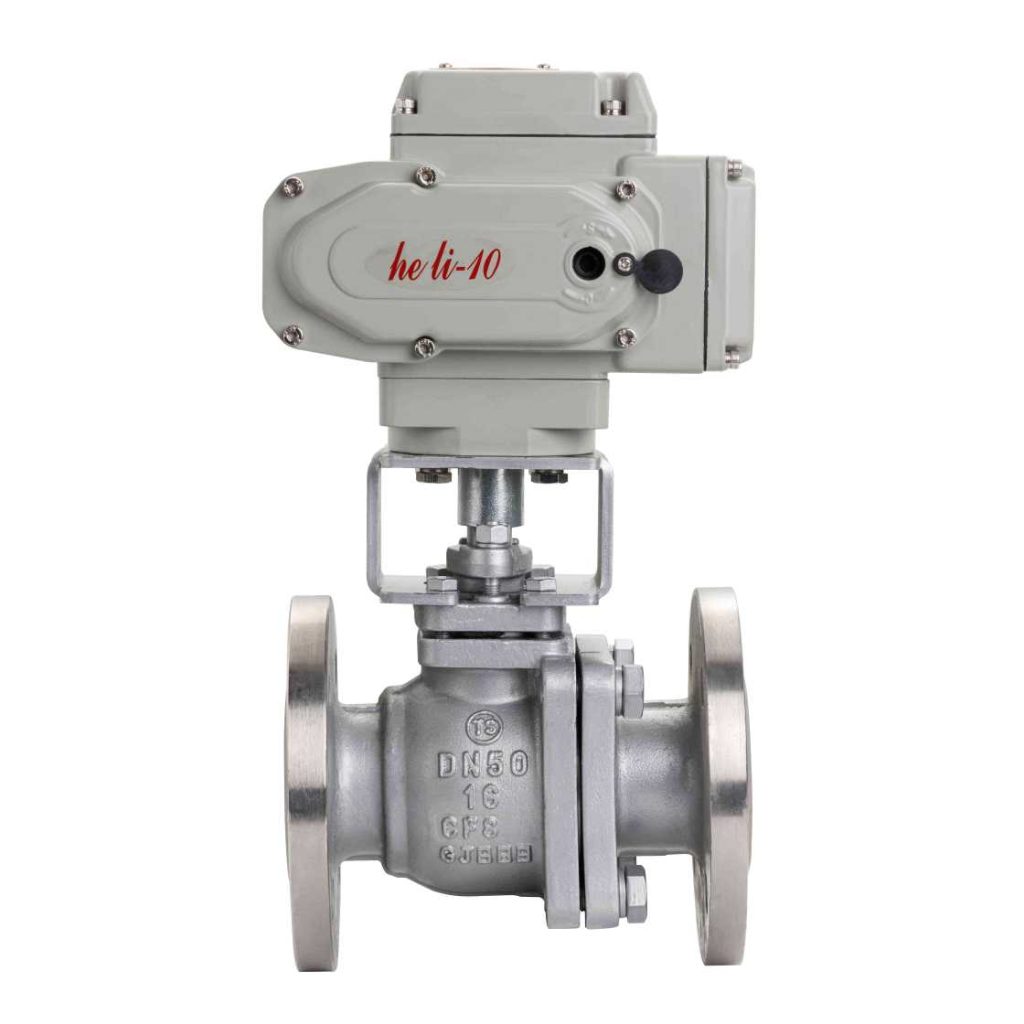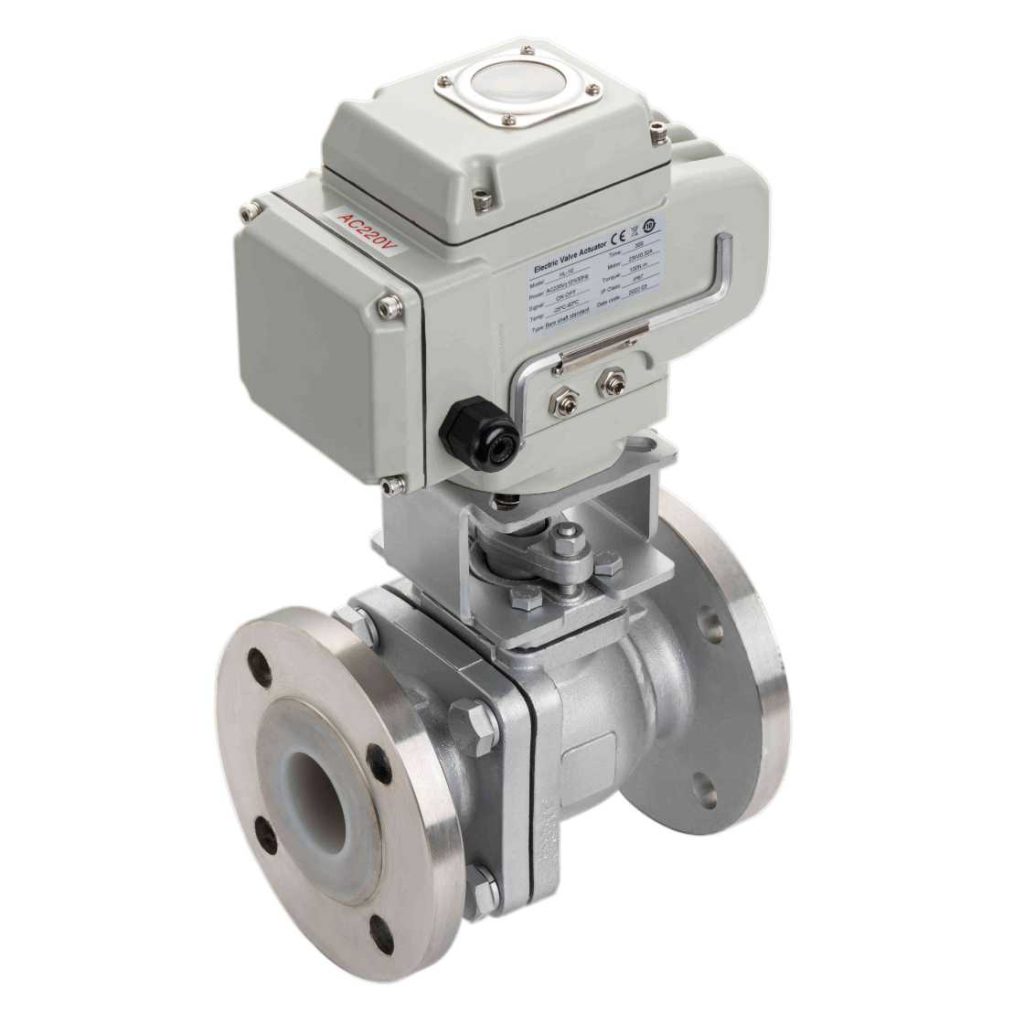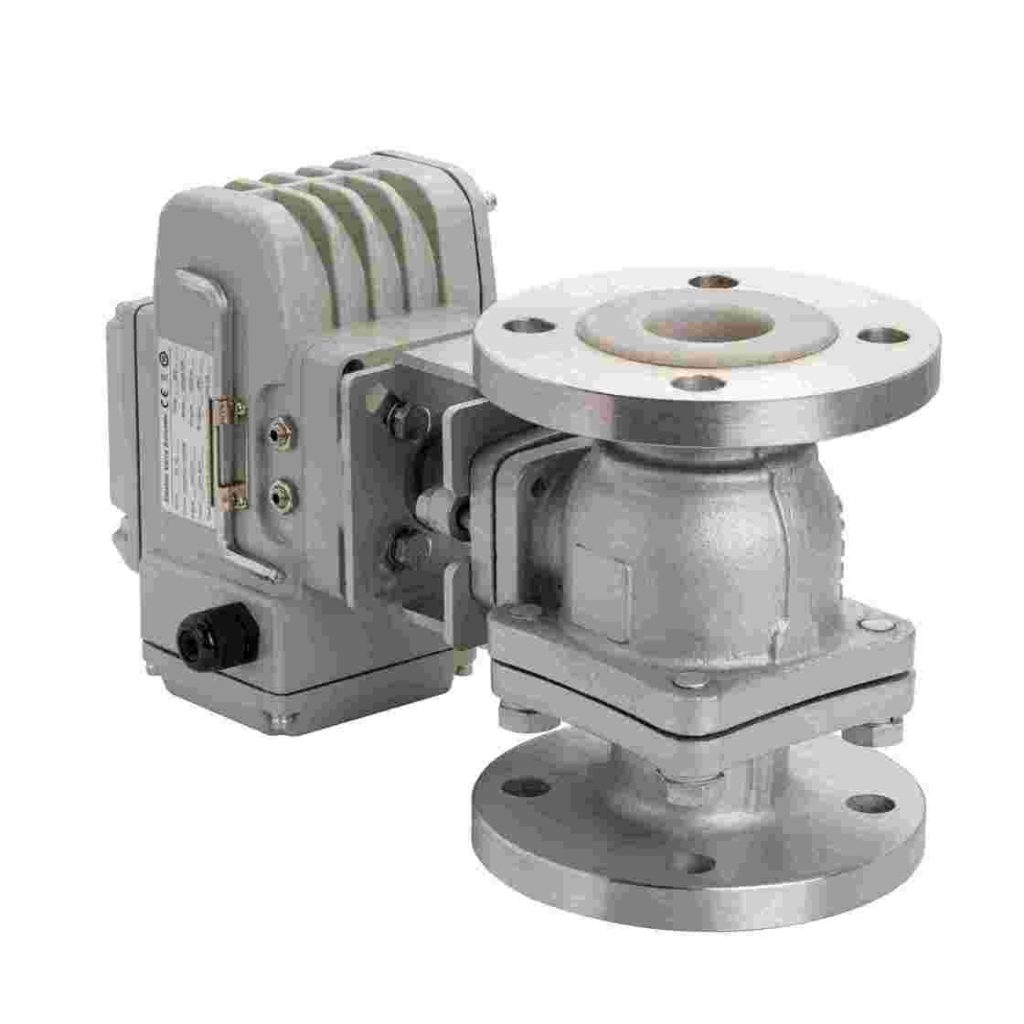The Electric Flange Ball Valve is a crucial component in many modern industrial systems, particularly in applications that require precise flow control and remote operation. With the increasing demand for automation and efficiency in fluid control systems, the electric flange ball valve has become a go-to solution for industries like oil and gas, water treatment, HVAC, and more. In this article, we will delve into the functionality, advantages, and key features of the Electric Flange Ball Valve.

What is an Electric Flange Ball Valve?

An Electric Flange Ball Valve combines the features of a ball valve and an electric actuator to provide efficient and automated fluid control. The valve itself is typically constructed with a ball that has a hole through the center. This ball rotates within the valve body to control the flow of fluid. The “flange” aspect refers to the valve’s design, where it has flanged ends that allow it to be securely bolted to pipes, providing a stable and leak-proof connection. The electric actuator is the key to the valve’s functionality. It converts electrical energy into mechanical movement, controlling the valve’s opening and closing through an electric motor. This means that the valve can be operated remotely, which is particularly beneficial in applications where manual operation is impractical or dangerous.
